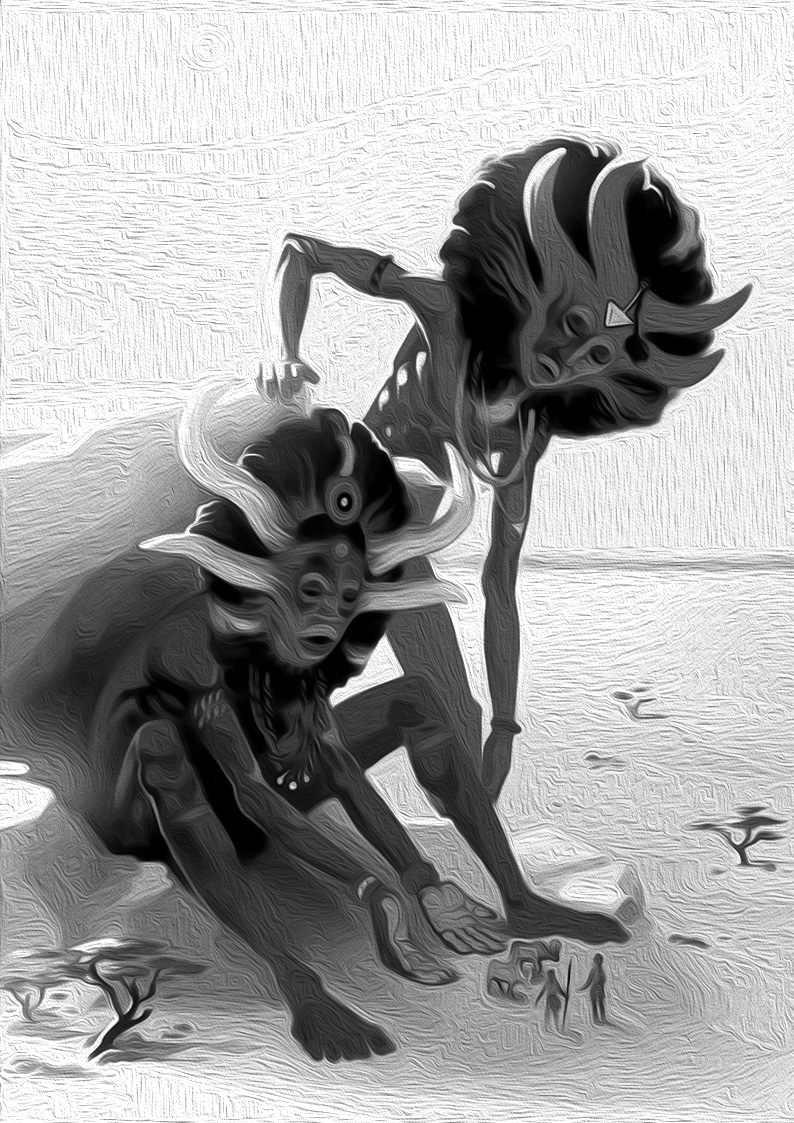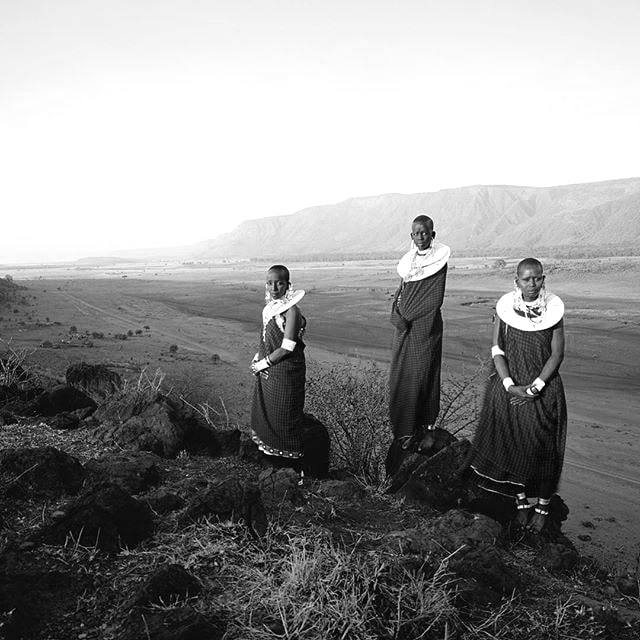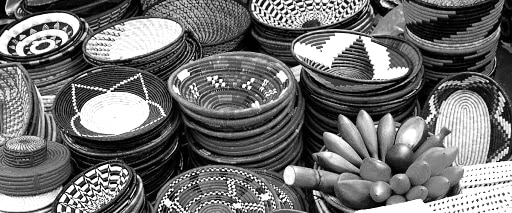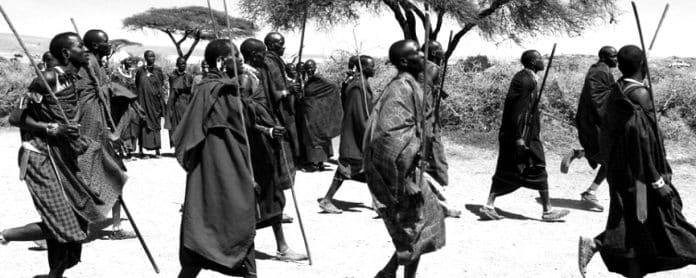Maasai Beliefs and Their Culture
Maasai Religious Beliefs

The Maasai beliefs when it comes to God is ‘Nkai’, a God who is omnipresent, although they are incapable of knowing his shape or intent, he may be thought to have the same characteristics as a very old man. Respect, the knowledge that comes from living many years and its cultural ability to bless and curse magnify this all-powerful and all-knowing God.
The existence of Maasai beliefs in magic manifests itself especially in times of disaster and self-sacrifice, some elders are thought to be witches and have been feared for their cunning habits of praying for evil people, loving competition and hating the success of their peers.
Followers of Maasai Beliefs
A widespread concern about magic inside Maasai religion and beliefs involves the Loonkidigi’s prophetic lineage. In each area there is a prophet who often helps his participants deal with the occult by giving them protective medicine and advice for their cultural celebrations. The prophet is feared and regarded as a god-man believing that he has the ability to see everything and so his ability to deal with magic is thought to be due to his knowledge of magic like the Loonkidongi, there are popular and strange views against other members of these clans. Loonkidongi often live

in small colonies on the borders that are in the middle of tribal areas, where they are suspected of setting aside a place of reproduction for dissatisfied people, bewitching among themselves and even secretly selling evil charms to Maasai witches.
Maasai Cultural Beliefs
Ceremonies
There are several ceremonies that follow when the warriors enter the group of elders. The first part of this ceremony is the Eunoto ceremony, where the warriors are promoted to the rank of senior warriors. To attend this ceremony these warriors leave their villages and form one village. Led by a traditional leader (olotuno), who in Maasai beliefs is sometimes thought to carry their curses and so it is predicted that he will die prematurely or live a life of poverty. After Eunoto each hero returns to the village to his father accompanied by his mother. The second part of reaching age ceremonies is called the olghesher, where these warriors join hands left and right and are elevated to the status of old age. Together they are empowered to bless and curse and become overseers of the next generation of age groups.
This culture related Maasai beliefs in terms of age worshipping are also used to unite the Maasai federation as people. The parts of Keekonyukie in the north and Kisonko in the south, each have a major role to play in uniting the Maasai through this age system. Towards this time of reaching age, all the Maasai usually head north in anticipation of receiving a signal from Keekonyukie, boys from the north hold a contest that involves competing for a bullhorn, as soon as this cultural event is over then this age group is sworn in and reunited with other parts of the tribe. Twenty-five years later Kisonko is responsible for making the olghesher promoted and giving a special name to this age group that will be accepted and used by all Maasai. At the same time, other groups within the tribe have to wait their turn before they can follow. These two cultural approaches are alternating between north and south, and between the union of fire sticks (age groups) that are repeated every fifteen years, and provide direction at proper timing and area to the Maasai, after completing their training of life as individuals and to promote their unity.
Women‘s ceremonies are held specifically due to their concerns about fertility issues, and in these times their dance is a very important part of the ceremony. These dances sometimes end with acts of anger and even violence against the elderly, also these dances provide an opportunity to change the existing domestic violence cases against women. Even elders of the Maasai beliefs, trust that these dances will solve fertility problems and restore harmony in society.
Arts

Exhibition art in the Maasai society focuses on body ornaments and necklaces worn by warriors, matching girls and young women wearing the beads (Tip: learn more about Maasai beads on our other article “What You Need to Know: Maasai Beads and Gems“) on the bride’s attire. These ornaments are very much reflected in their music and dance competitions which are very popular in their community. The elders do not take part in these dances, but they give voice and gestures that define their expressions as they match the rhythms of the dance, attracting the audience by showing the proud styles they learned during their youth dances as warriors.
Medicine
Despite the prophecies, the younger members of the Loonkidongi clan serve as traditional healers and in the Maasai beliefs it is believed that they have the ability to detect diseases and causes of miscarriages, provide medicines and various traditional remedies. Their secrets are kept secret from other Maasai and are associated with various toxins that are within their magical powers, should they be outraged.
Maasai Tribe Beliefs on Death and After Life
The Maasai do not have a culture of doing funerals for those who pass and also the Maasai beliefs show that they do not believe in life after death. However, for a parent to leave heirs signifies he has lived a life of dedication in terms of taking care of family seriously, situation that gives hope for the continuation of his generation. On the other hand not leaving any heir leads to forgetfulness and looks like a curse.
For more articles on the Maasai tribe click here!


































